In this article, we continue our series of alphabet-based fruits that start with V.
Unlike with some of our other lists, there aren’t many well-known fruits with this initial that instantly spring to mind but there are certainly plenty of lesser-known species and varieties that we’ll learn more about in this guide.
Without further ado, let’s vivaciously venture into the very vast world of V-fruits!
1. Velvet Tamarind
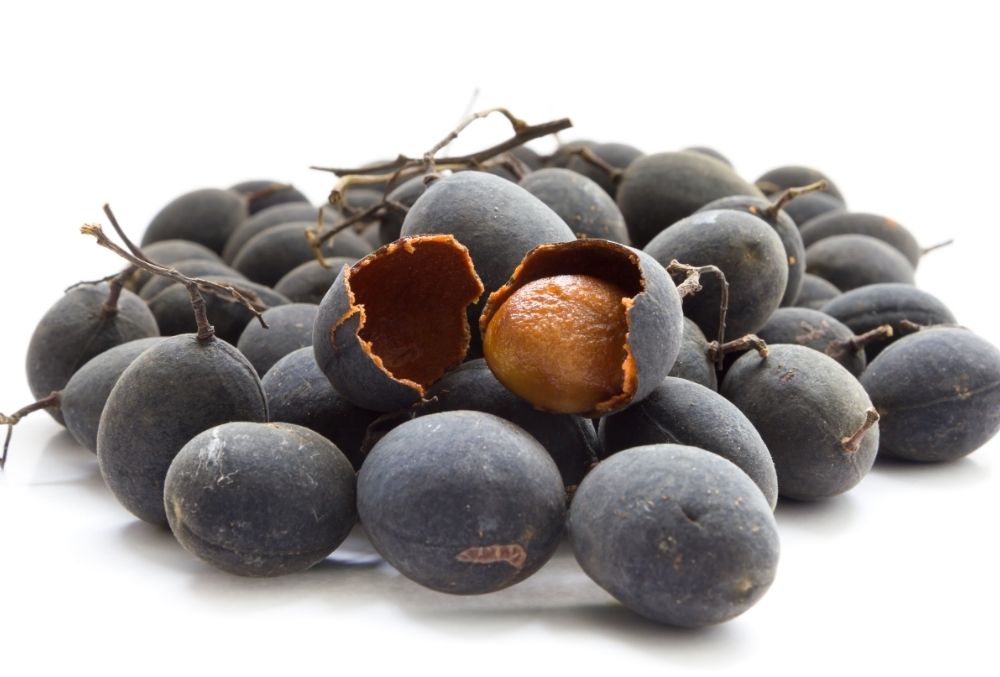
We’re kicking things off with a fruit that most of you will never have heard of before.
The velvet tamarind is most commonly found growing in parts of Southeast Asia and Africa.
As the name suggests, the exterior shell of the fruit appears very smooth and, well… velvety!
Once you get past the tough outer shell, you’ll be rewarded with a dry, powdery flesh that houses a single, shiny seed at its core.
The flavor is said to be very sweet, almost like candy!
2. Velvet Apple Fruit
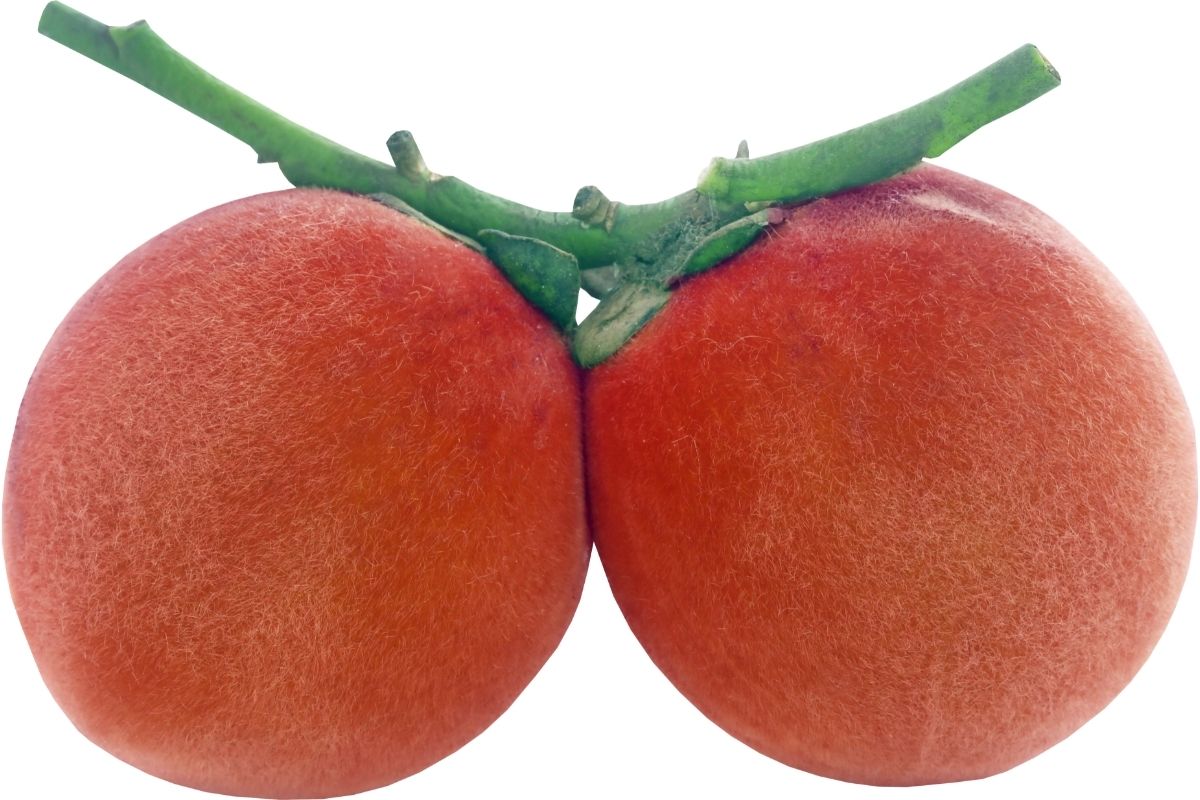
Despite what the name might suggest, this fruit isn’t actually an apple at all.
Native to the Philippines and Taiwan, the velvet apple fruit boasts a gorgeously soft and smooth red outer covering, which gives way to remarkably creamy flesh inside.
It is commonly described as having a similar taste and flavor to a peach, so certainly has dissimilarities with an apple.
The seeds inside the fruit are also a bold red color and are definitely large enough to make sure you can’t swallow one by mistake!
People love to eat this fruit raw because of its wonderful flavor and bountiful nutritional value with each fruit chocked full of vitamin A, vitamin C, and fiber.
3. Voavanga

Whilst this official name for this fruit is vangueria madagascariensis, we think it’s probably easier to just call it a voavanga!
It is native to many regions of Africa and the plant produces large orange fruits that can be eaten straight off the branch.
Explorers and botanists have been describing and writing about the voavanga since 1791, so this fruit has definitely been around the block for a while.
The texture isn’t quite to everyone’s liking, with the hard orange shell giving way to some almost jelly-like, seedy flesh inside.
Even if you’re not a fan of the taste or texture, you certainly can’t deny how spectacular the fruit looks!
4. Vanilla
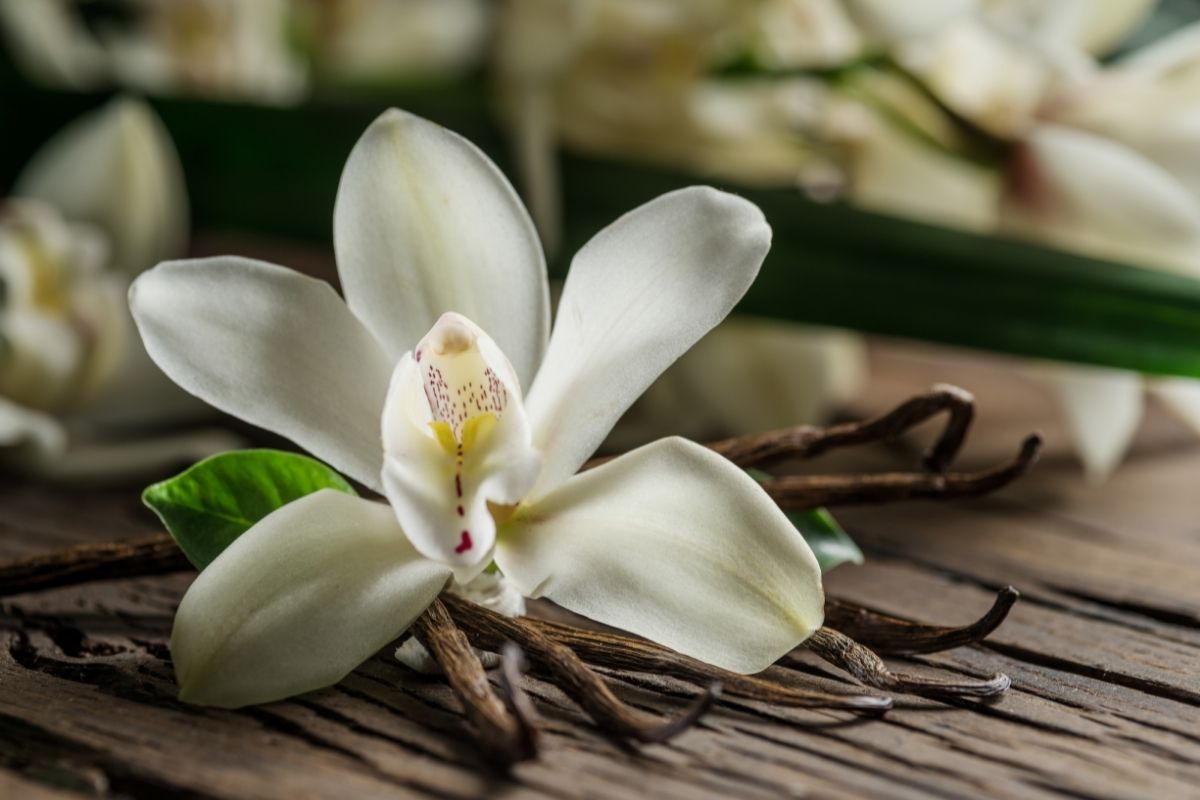
It might seem bizarre that we’ve included this on our list but technically, vanilla is actually a fruit!
Well, vanilla, as we know and use it in making desserts like cakes and tarts, is actually just a spice that is extracted from naturally growing pods.
However, the spice itself is obtained from a fruit that grows on the vanilla plant.
Vanilla has been artificially pollinated to produce the spice since the early 19th century and it is said that a 12-year-old slave was the first to discover that the plant could be hand-pollinated, allowing for mass cultivation to take place in the subsequent years.
RELATED: 12 Different Types Of Vanilla Plants (Including Photos)
5. Valencia Orange
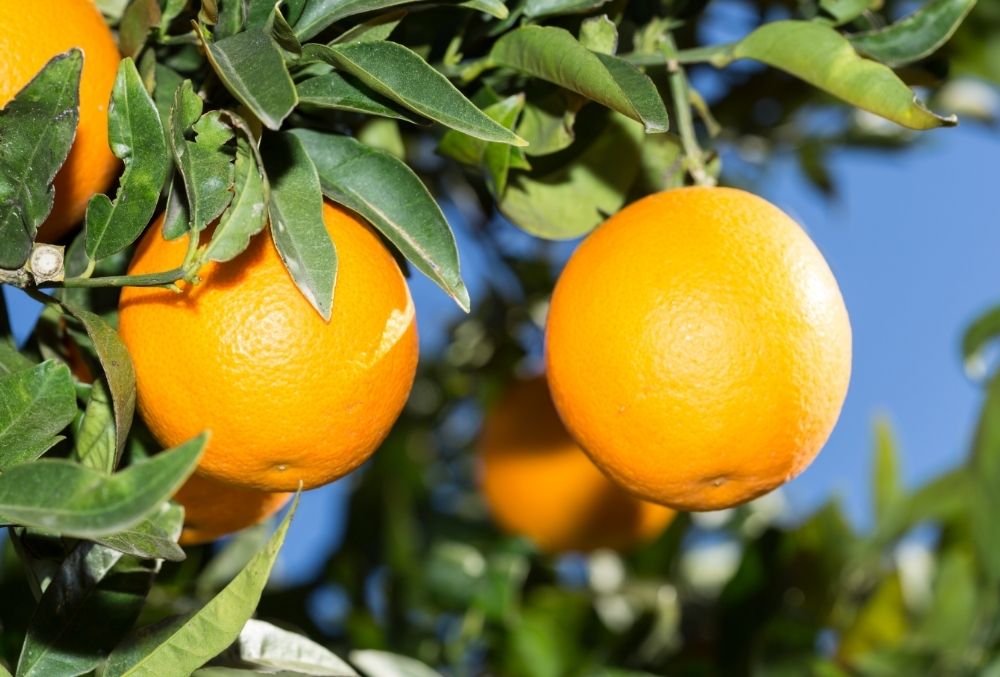
The orange is a fruit that many of us will be familiar with already. The Valencia variety of the fruit is named after the Spanish town in which it was first grown.
Since being developed in Spain, the Valencia orange is now grown quite commonly across the United States, particularly in California.
It is mainly grown in the United States for use in making orange juice. This is because the Valencia orange is incredibly juicy and has a wonderful natural flavor that can be extracted from the flesh.
They can also be grown to quite a large size so it’s no wonder these oranges have become so popular across Europe and North America.
6. Valencia Pride Mango

Given the name of this fruit, you’d expect to read that it was originally discovered or developed in Valencia, Spain, like the previous fruit.
However, the Valencia Pride mango was actually first grown in Miami, Florida!
It’s a relatively new fruit compared to some others on our list, having only first been planted in 1937 but in the modern day, it is recognized as a very useful fruit.
It has some pretty vivid coloring, ranging from yellow to purple as it ripens. The mango also grows in a long, slender shape and can grow to a very large size.
The main benefit of growing this particular mango is the wonderful taste and aroma that it is said to produce!
7. Vaccarese Grape
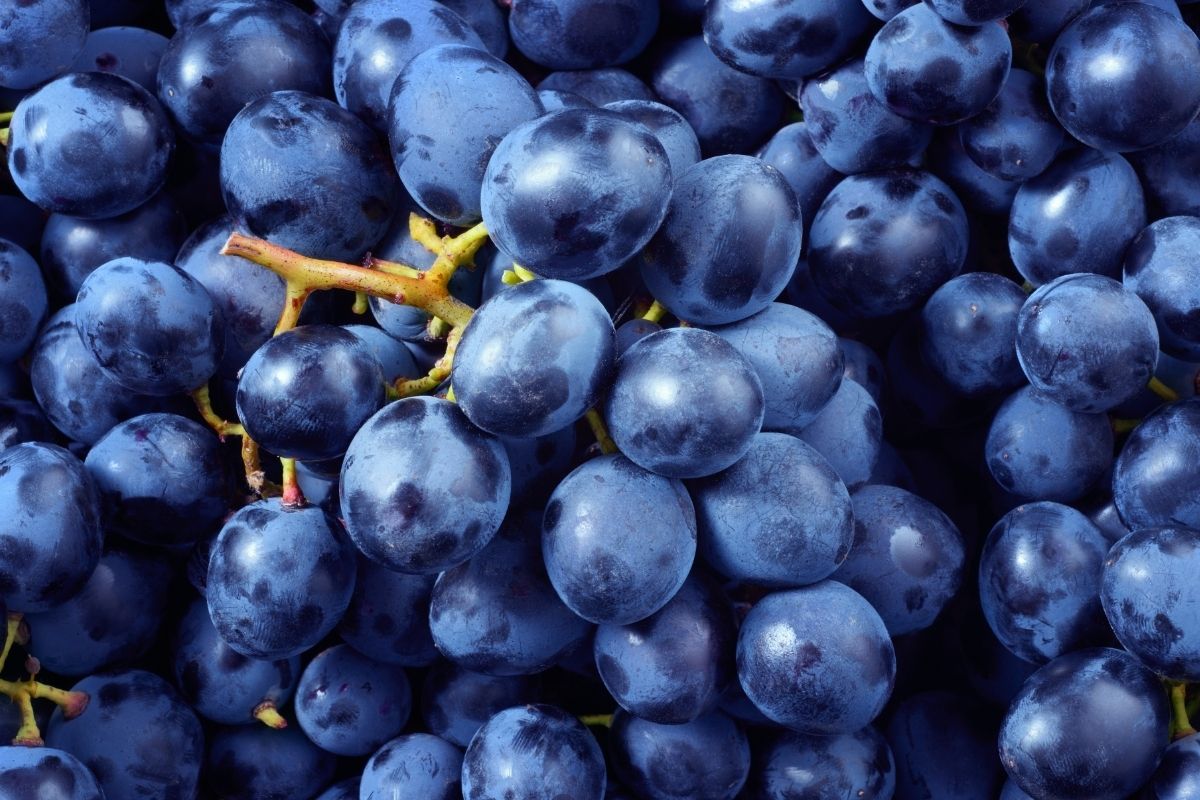
Those who are familiar with grape growing will know that there are thousands of different species and varieties grown across the world.
The Vaccarese grape is a red wine-making grape that is grown in the Rhone Valley in Southern France.
It is said to produce a light, but peppery wine and is similar in flavor to a shiraz grape.
8. Vernaccia Grape
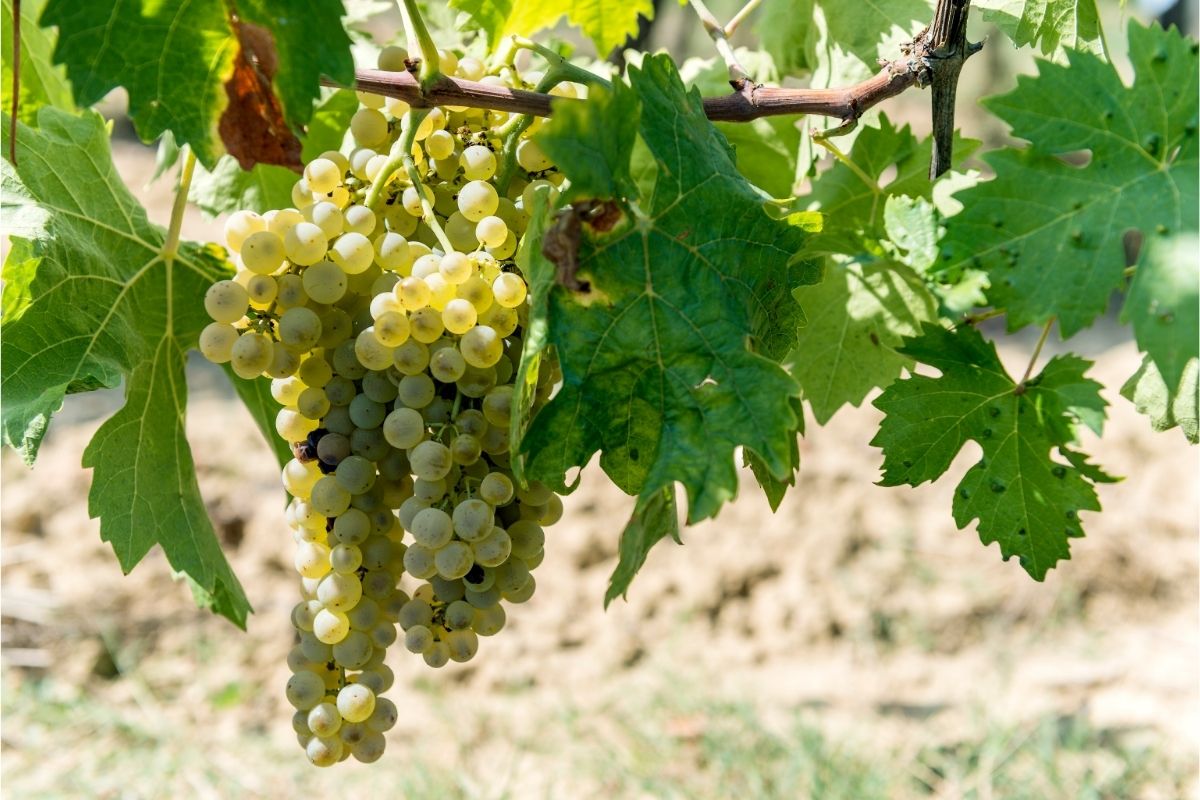
The second wine-making grape on our list, the Vernaccia is actually a white wine grape that is grown in Italy.
The grape is said to be grown in a variety of different Italian locations but particularly in Tuscan regions.
The Vernaccia grape also has several closely related cousins which are used to produce a wide range of other wines, such as sherries and sparkling wines.
9. Vespolina Grape
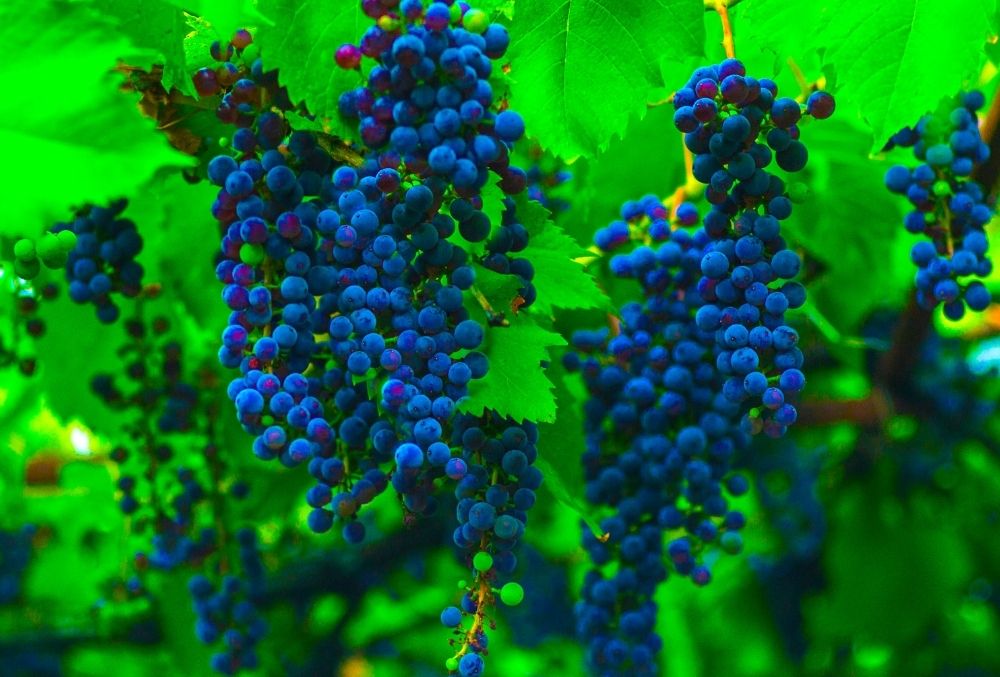
The final grape variety we’re looking at is another Italian one, only this one is used to make red wine.
It’s typically grown around Piedmont, in Northern Italy but is also found plentifully in surrounding regions.
Interestingly, this grape is often blended with other, similar grapes to produce wines with an excellent flavor.
The origins of this grape’s name are relatively unclear but some believe there is a connection between the name Vespolina and the Italian word ‘vespe’, meaning ‘wasp’.
10. Vicar Of Winkfield Pear
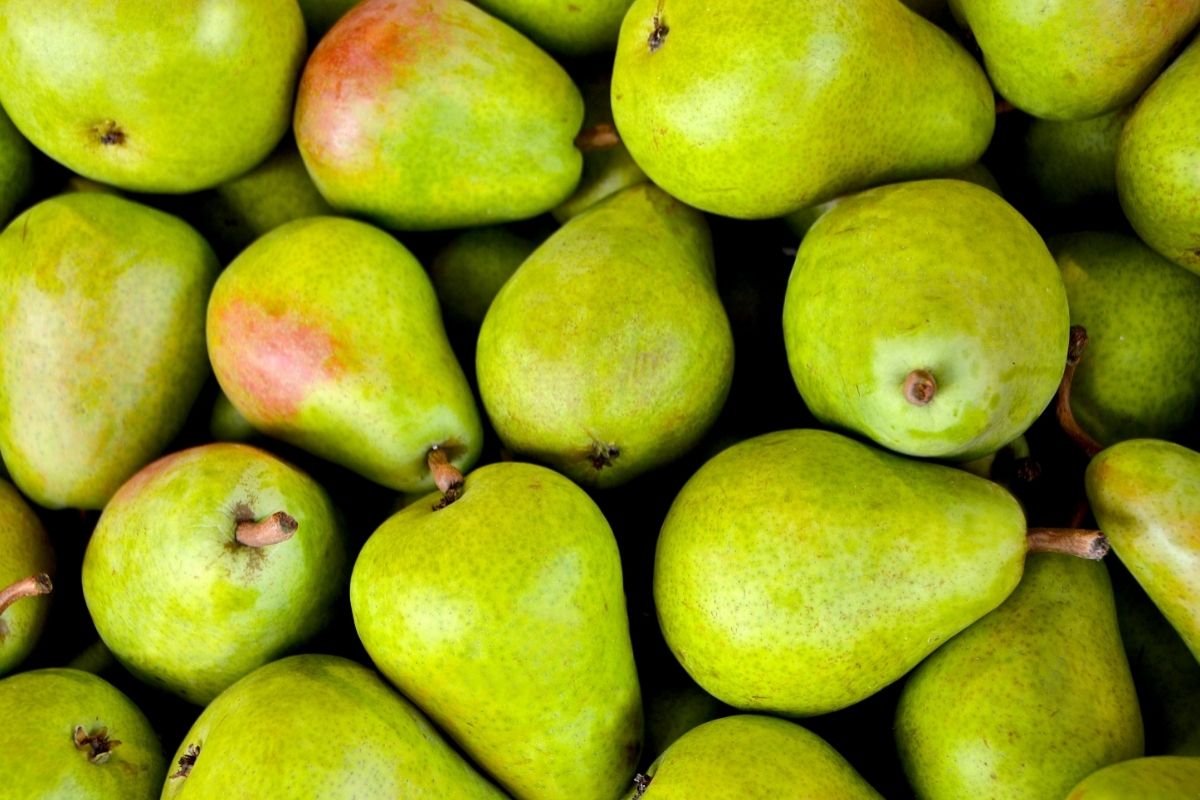
We’re all familiar with how a regular pear looks and tastes. Well, this pear isn’t really a whole lot different from the ones you’ve bought a million times from your local grocery store.
The tree that grows these pears originates in France and they haven’t since traveled very far from that region.
The fruits are often a pale green when ripe, have a fairly crunchy texture with some grittiness when chewing.
This particular pear is more commonly used for cooking purposes than eating raw.
11. Victoria Plum

This particular variety of plum originates in the UK and was named after the Queen at the time it was first discovered.
The exact origins of this fruit remain a mystery to this day. It was first believed to have been found in Alderton, Sussex. But it has since been found that there has never even been a place called Alderton in Sussex!
The fruit itself is very similar to the other most common varieties of plums in North America and Europe. Boasting a delicious flavor and a large stone at its center.
Fortunately for those who grow the fruit. It is very resistant to many of the diseases that often ravish similar trees.
However, it is just as easily susceptible to mold.
12. Van Dyke Mango
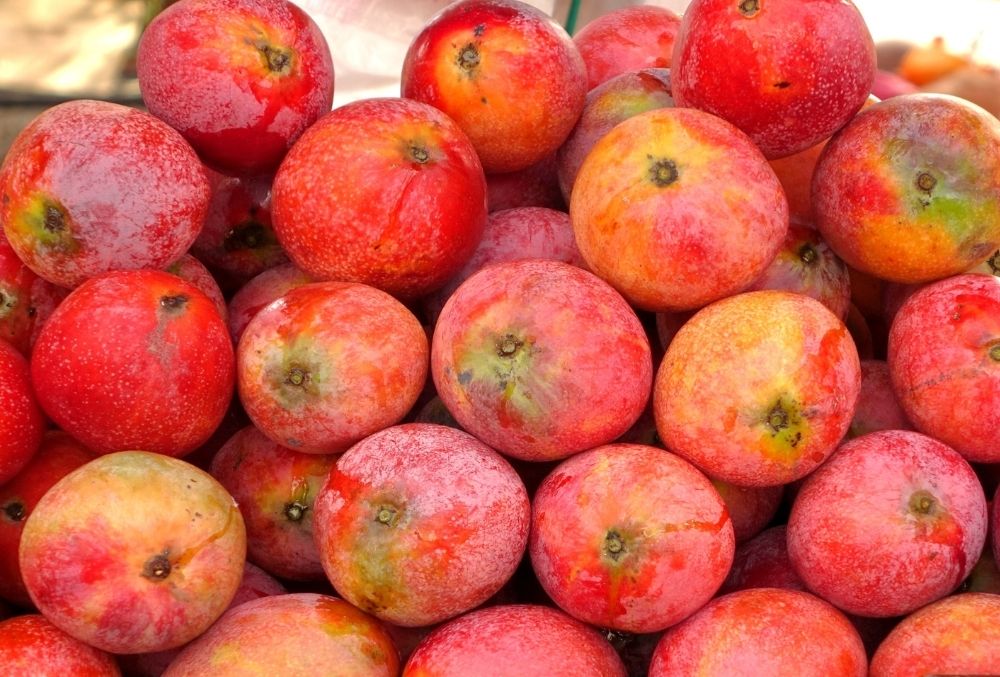
Another mango for our list, the Van Dyke variety is commercially grown in South Florida in the United States.
It’s another relatively new fruit, only first being planted in the 1930s and being truly propagated in the 1950s.
Today, there aren’t as many trees growing the Van Dyke mango as was originally expected by early farmers. However, the trees are still grown on a small scale for commercial purposes.
The fruit is said to taste absolutely delicious and produces a wonderful sweet aroma.
With a bright red exterior and vivid yellow flesh, you definitely won’t miss this fruit growing in the wild!
13. Volkamer Lemon
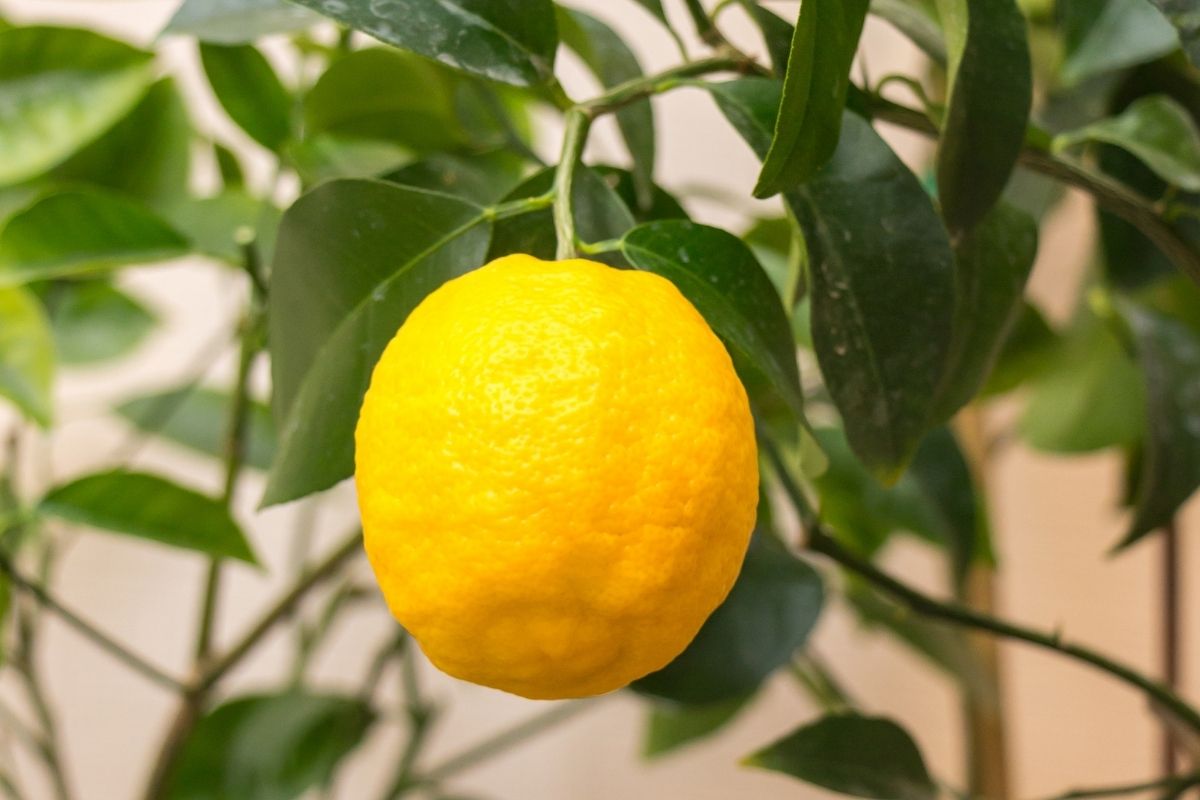
The final fruit on our list is the Volkamer lemon. Which is a hybrid citrus fruit that is thought to have originated in Italy.
The two fruits that were combined to produce the Volkamer lemon are mandarin oranges and citrons.
It is still grown today in the United States, Europe, and Asia. However, it is grown to a much smaller extent in Asia.
This fruit has a surprisingly pleasant flavor and is much less harsh than a conventional lemon you might have bought from your local grocery store.
The fruits on its tree can often grow very large compared to other varieties of lemons. It produces a great amount of food per tree.
They will often have a somewhat knobbly exterior that gives way to a characteristically lemony flesh inside.
Final Thoughts
There you have it, those are all the ‘V’ fruits in the world that are worth knowing about!
Of course, the contentious inclusion on our list may be vanilla but trust us, it technically is a plant; we just don’t eat all of it.
There are probably some even lesser-known fruits in the world that begin with the letter V that we couldn’t find out or didn’t have space to include.
If you know of any other ‘V’ fruits that aren’t on our list, we must praise you for your excellent niche fruit knowledge.
We hope you learned something from this article, here are other articles that you can learn from:
14 Fruits With Seeds (Including Pictures)
Pumpkins: Growth Time and Stages of Development From Seeds To Fruits







